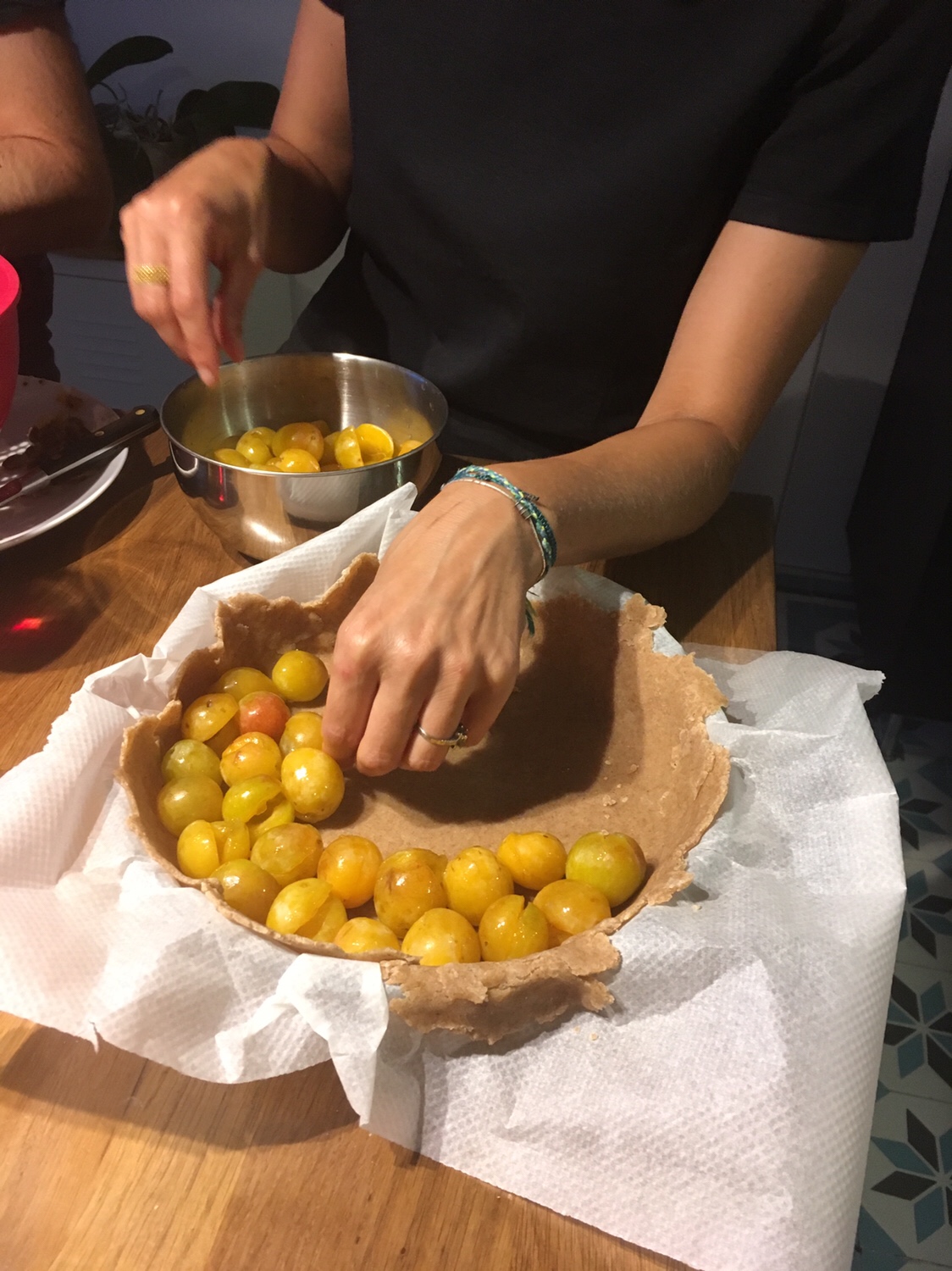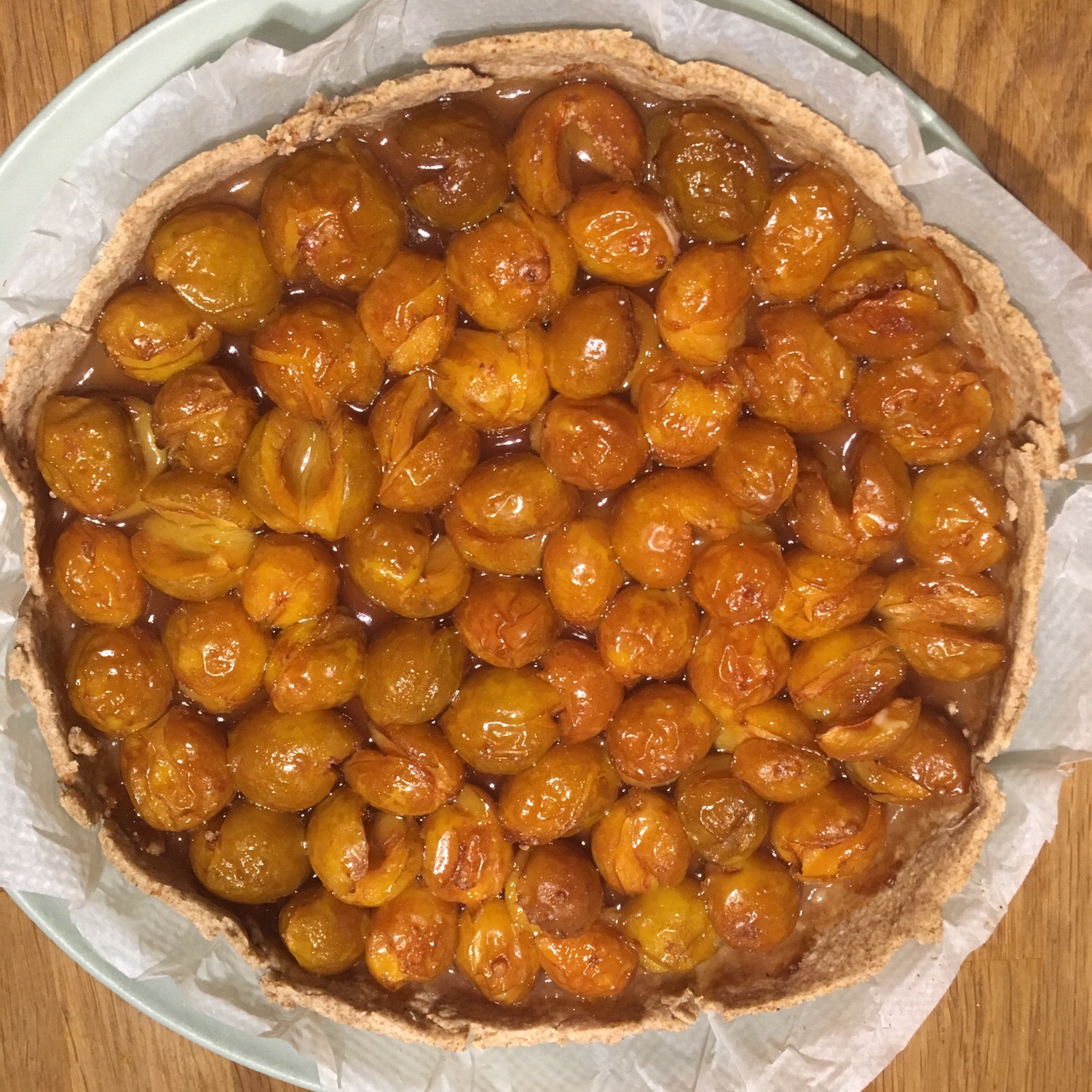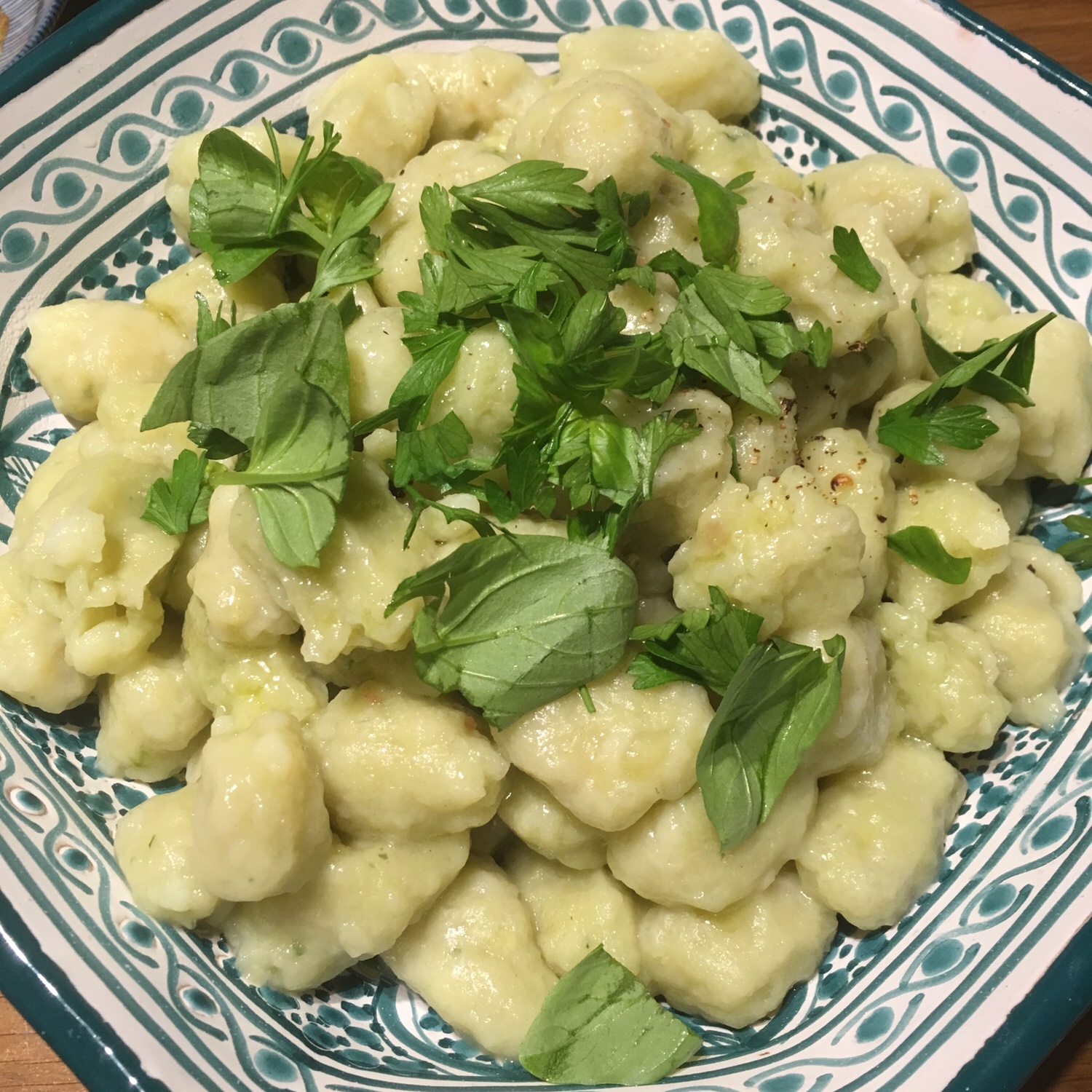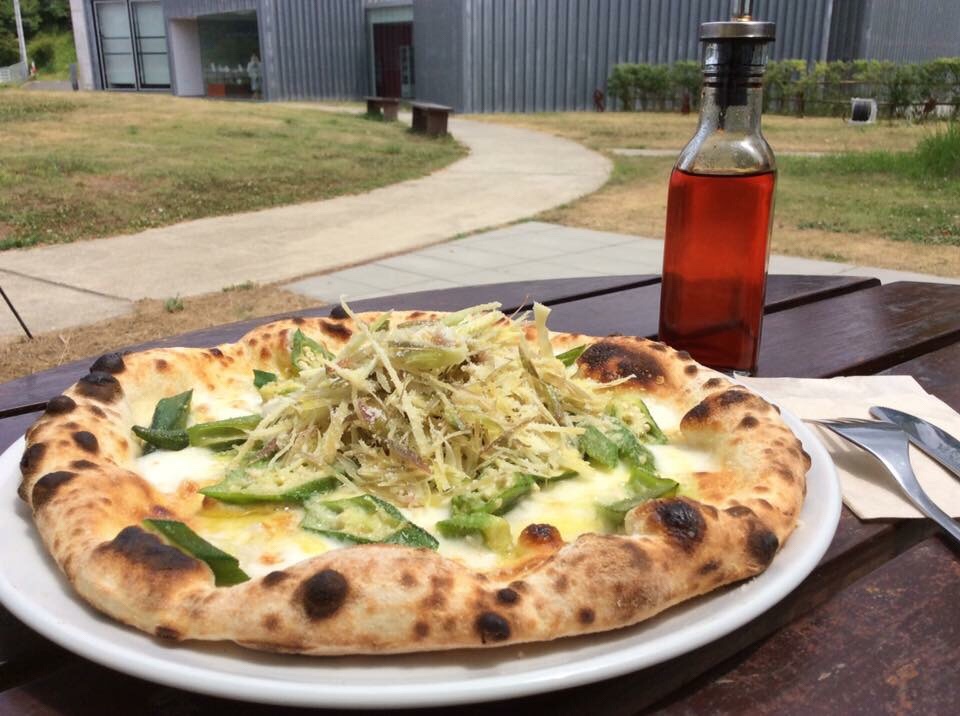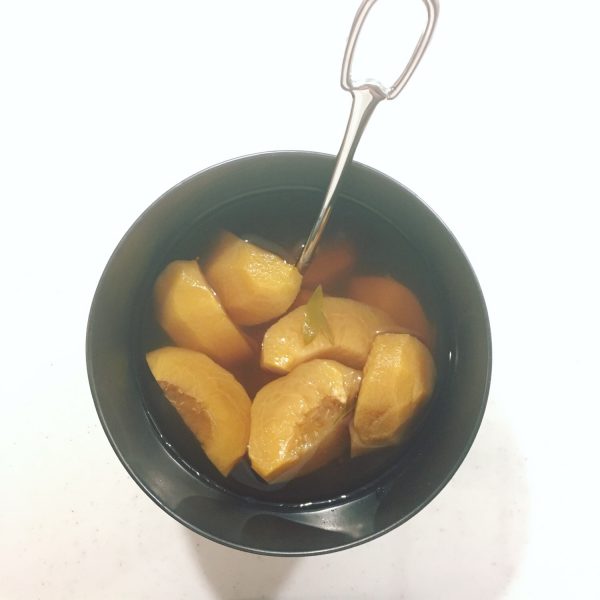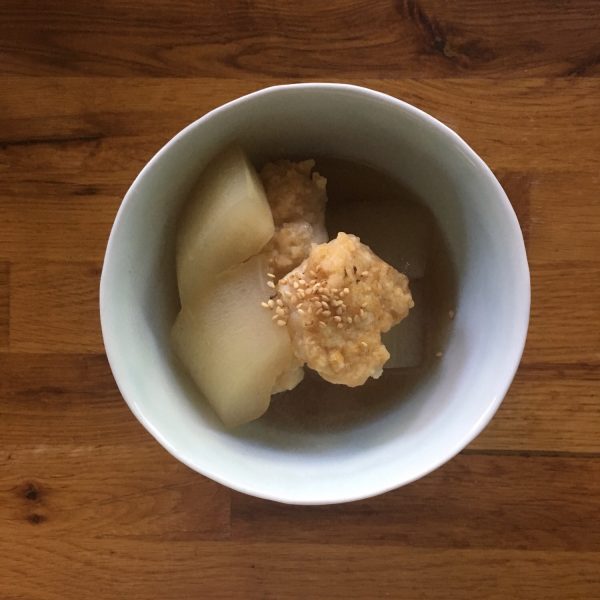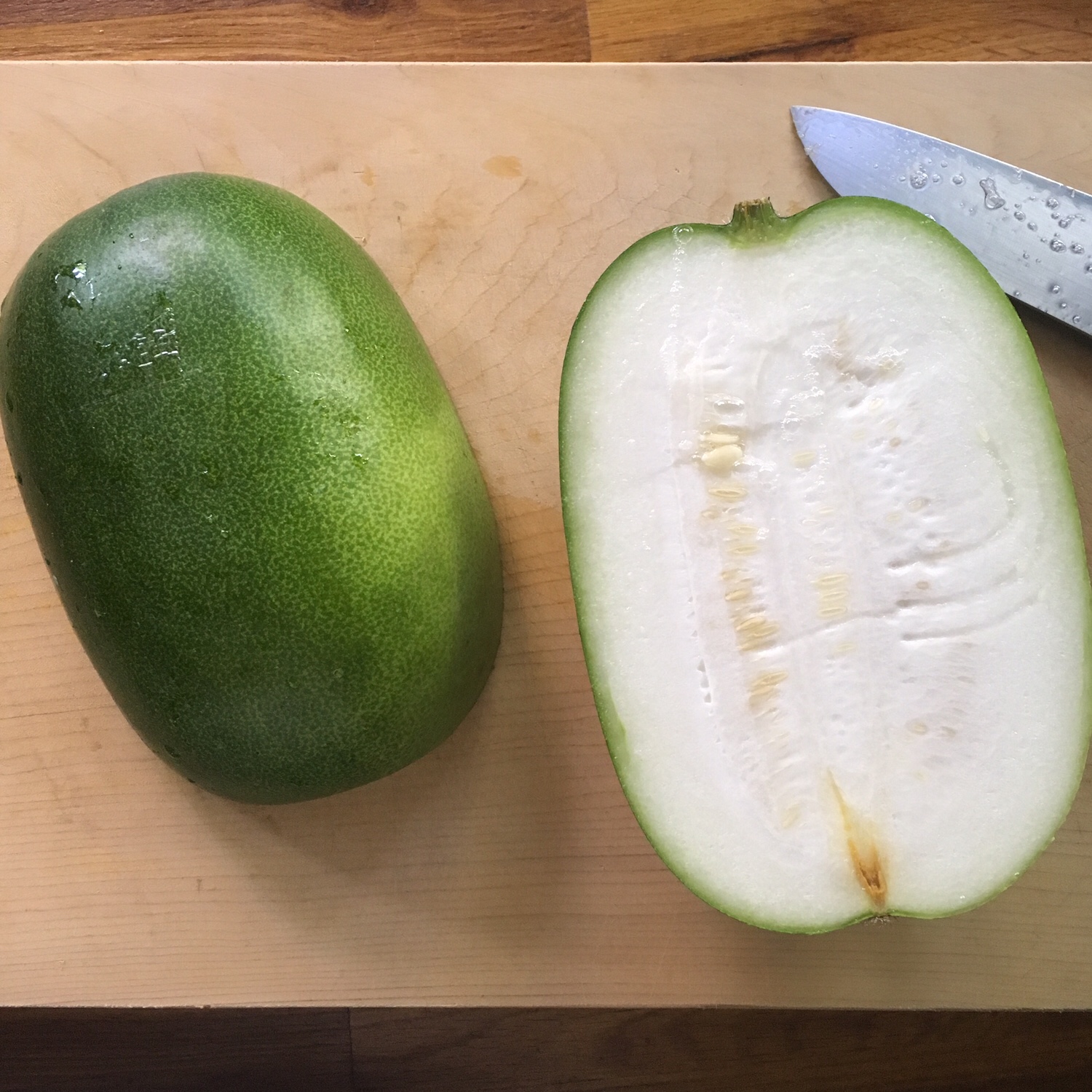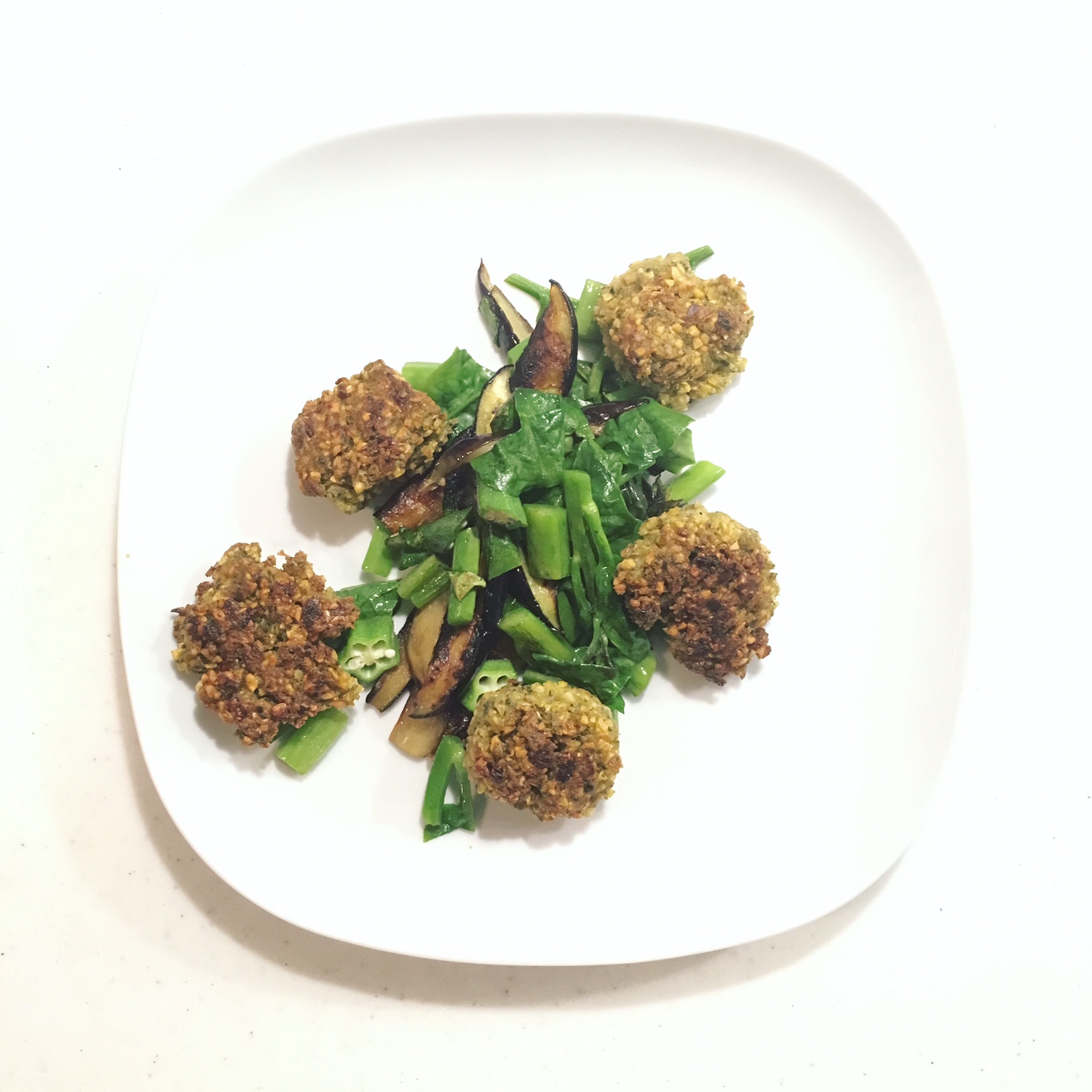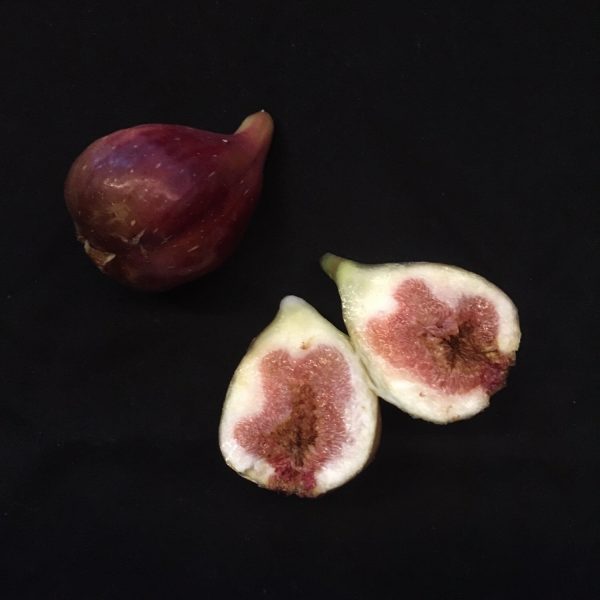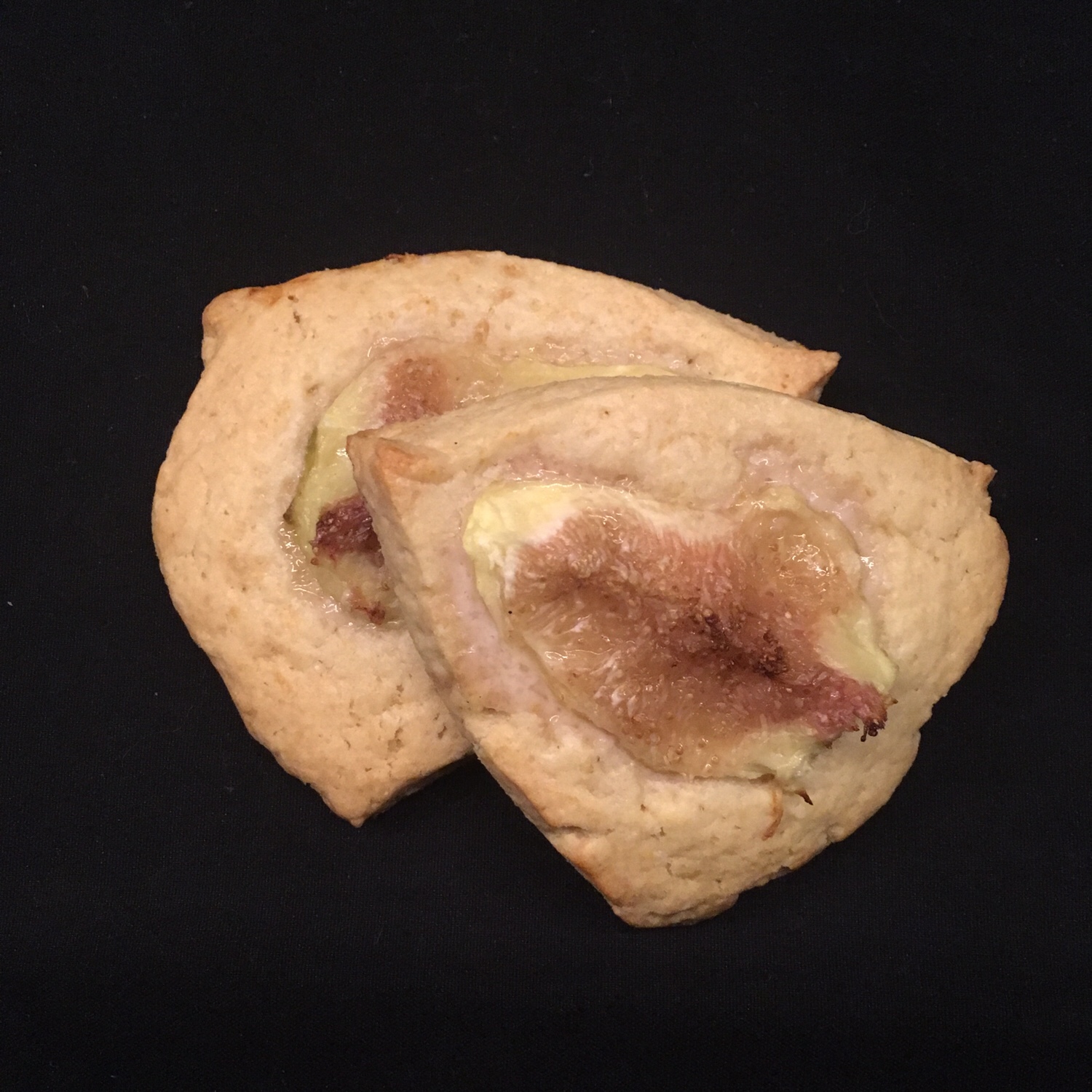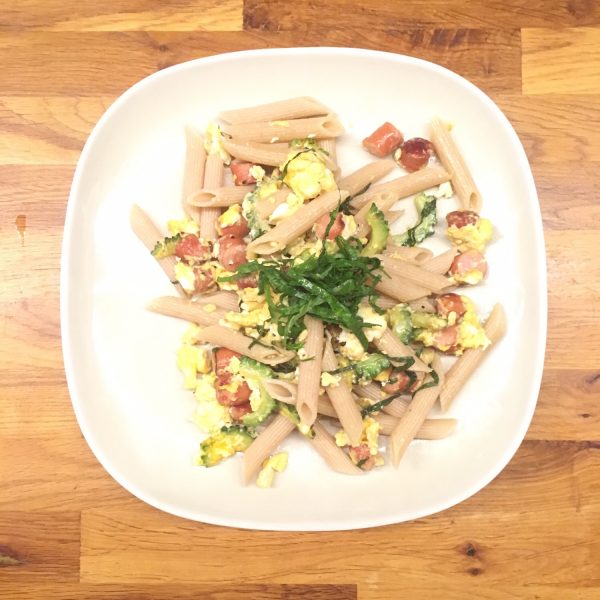Going to Paris in August is always a feast! The city is empty of angry Parisian and everything is smooth and nice. Of course there is no theatre show nor opera to see, little exhibitions and some shops and restaurants are closed for the summer holiday, but who cares? It’s the best time to visit Paris to me. The parks are beautifully refreshing and quiet, no little brats to disturb the quietness, the terraces of cafe are less busy, and everything seems to move at a slower pace or in a foggy heat.
I particularly love to walk in the Luxembourg Gardens, stop here and there and look at people, those playing chess, those playing tennis, those seating and lazying, those running frantically… it was perfect because I was working at ENS and we stayed at the newly reopened Lutecia, and the best way to travel back and forth is by crossing the garden!
So one word about the Lutecia… it has always been for me a landmark on the left bank and a place I wanted to stay at. After years of renovation, it finally reopened in July and I was happy A. booked there for this trip. The renovation is in fact not fully finished and it feels like it will be better in a year or so once they will really have finished it.
One thing that I love when traveling is to do a kitchen take over if I don’t have my own kitchen, and after 3 days in Paris I was longing for cooking and took over my best friend’s kitchen for one evening. She picked a recipe she wanted me to prepare and I picked the dessert.
We ended with some gnocchi with jus d’herbe as proposed in Passedat’s book, snd a mirabelles tart. Two simple and delicious recipes.
Mirabelle tart:
– 1.5 kg of mirabelle
– flour and butter for the dough
– a little bit of sugar to sprinkle on top
Prepare the sablé dough with the flour and butter. Roll it, not too thin (mine was and couldn’t absorb all the juice) to the size of your pie dish. Wash the mirabelle and pit them. Set a thick layer of mirabelle in the dough (they will reduce, so really pack them). Sprinkle a bit of sugar. Cook in the oven for 40min at 180deg.
